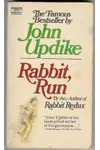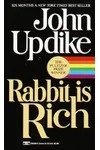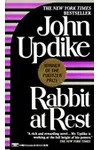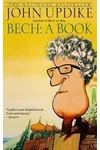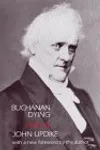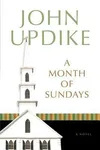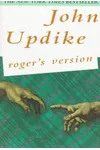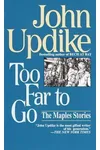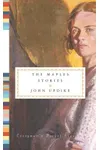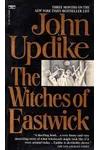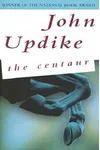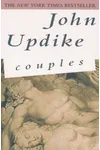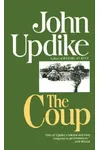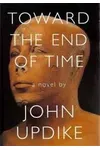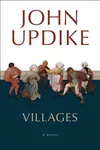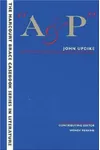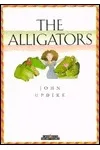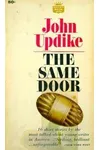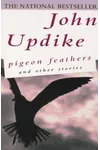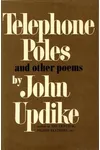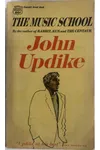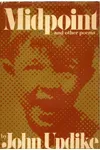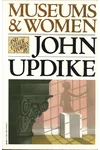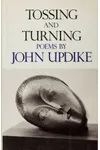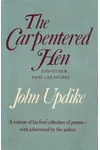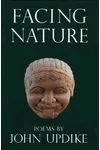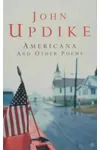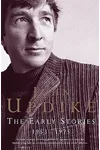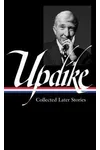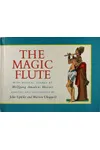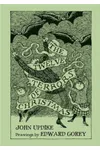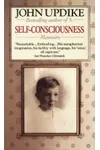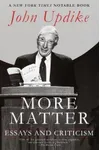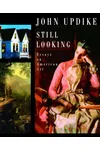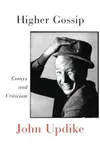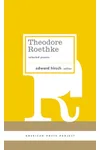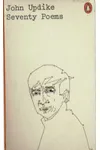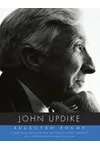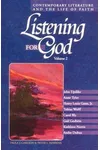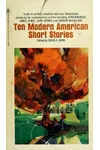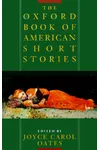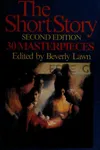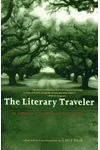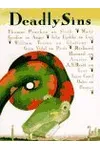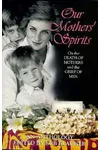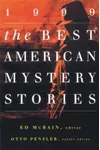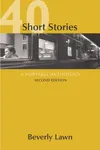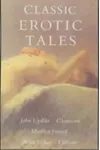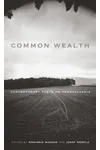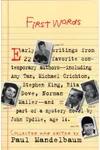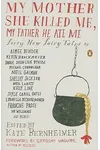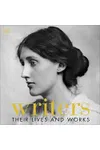Picture an American storyteller who turned small-town life into literary gold—meet John Updike! With over fifty books, from the Pulitzer-winning 'Rabbit' series to sharp-witted essays, Updike captured the heartbeat of suburban dreams, faith, and human quirks. His pen danced across novels, poems, and criticism, making him a giant of 20th-century literature.
Born in Pennsylvania’s quiet corners, Updike’s life was a masterclass in observing the everyday with extraordinary depth. His stories, laced with humor and heart, invite readers to see the profound in the mundane. Ready to dive into his world? Let’s explore the man behind the magic.
The Making of John Updike
John Updike was born on March 18, 1932, in Reading, Pennsylvania, a small town that would inspire his vivid settings. Raised in nearby Shillington, he soaked up the rhythms of middle-class life, later channeling them into his work. A scholarship to Harvard sharpened his intellect, where he edited the Harvard Lampoon and honed his witty prose. After graduating in 1954, Updike briefly worked at The New Yorker, a gig that launched his literary career with a bang.
His early stories, published in the 1950s, sparkled with insight, earning him a loyal following. Influenced by writers like Ernest Hemingway and Marcel Proust, Updike blended crisp realism with lyrical flair. His ambition? To capture the soul of America, one small town at a time.
John Updike’s Unforgettable Stories
Updike’s 'Rabbit' series—Rabbit, Run (1960), Rabbit Redux (1971), Rabbit Is Rich (1981), and Rabbit at Rest (1990)—is his crown jewel. Following Harry 'Rabbit' Angstrom, a former high school basketball star navigating marriage, work, and existential drift, the series won two Pulitzer Prizes for its raw, empathetic portrait of American life. Each novel pulses with Updike’s knack for blending humor with heartache.
Beyond the 'Rabbit' saga, Couples (1968) stirred controversy with its frank exploration of suburban infidelity, while The Witches of Eastwick (1984) showcased his playful side, spinning a tale of three witches in a New England town. His short stories, like those in Pigeon Feathers (1962), dazzle with precise prose and deep dives into faith and family. Updike’s style—lush, reflective, and often cheeky—made the ordinary feel epic.
Poetry and criticism also flowed from his pen. His essays, collected in Hugging the Shore (1983), reveal a mind obsessed with art, literature, and the human condition. Whether writing about golf or God, Updike’s voice was always unmistakably his—wry, warm, and wise.
Why John Updike Matters
John Updike didn’t just write about America—he held a mirror to its soul. His stories, rooted in the suburbs, spoke to universal truths about love, loss, and the search for meaning. His influence ripples through modern literature, inspiring writers like Ann Patchett and T.C. Boyle to probe the everyday with similar curiosity. Updike’s ability to make the mundane profound keeps his work timeless.
His legacy also lies in his sheer output—over fifty books in five decades. From Pulitzers to National Book Awards, his accolades reflect a career that reshaped how we see the American experience. Updike died in 2009, but his words still beckon readers to find beauty in the small moments.
- Born: March 18, 1932, Reading, Pennsylvania
- Key Works: 'Rabbit' series, Couples, The Witches of Eastwick
- Awards: Two Pulitzer Prizes, National Book Award
- Died: January 27, 2009
Snag Rabbit, Run or Pigeon Feathers and dive into John Updike’s vibrant, soulful world! His stories are a reminder that even the quietest lives hold epic tales.
